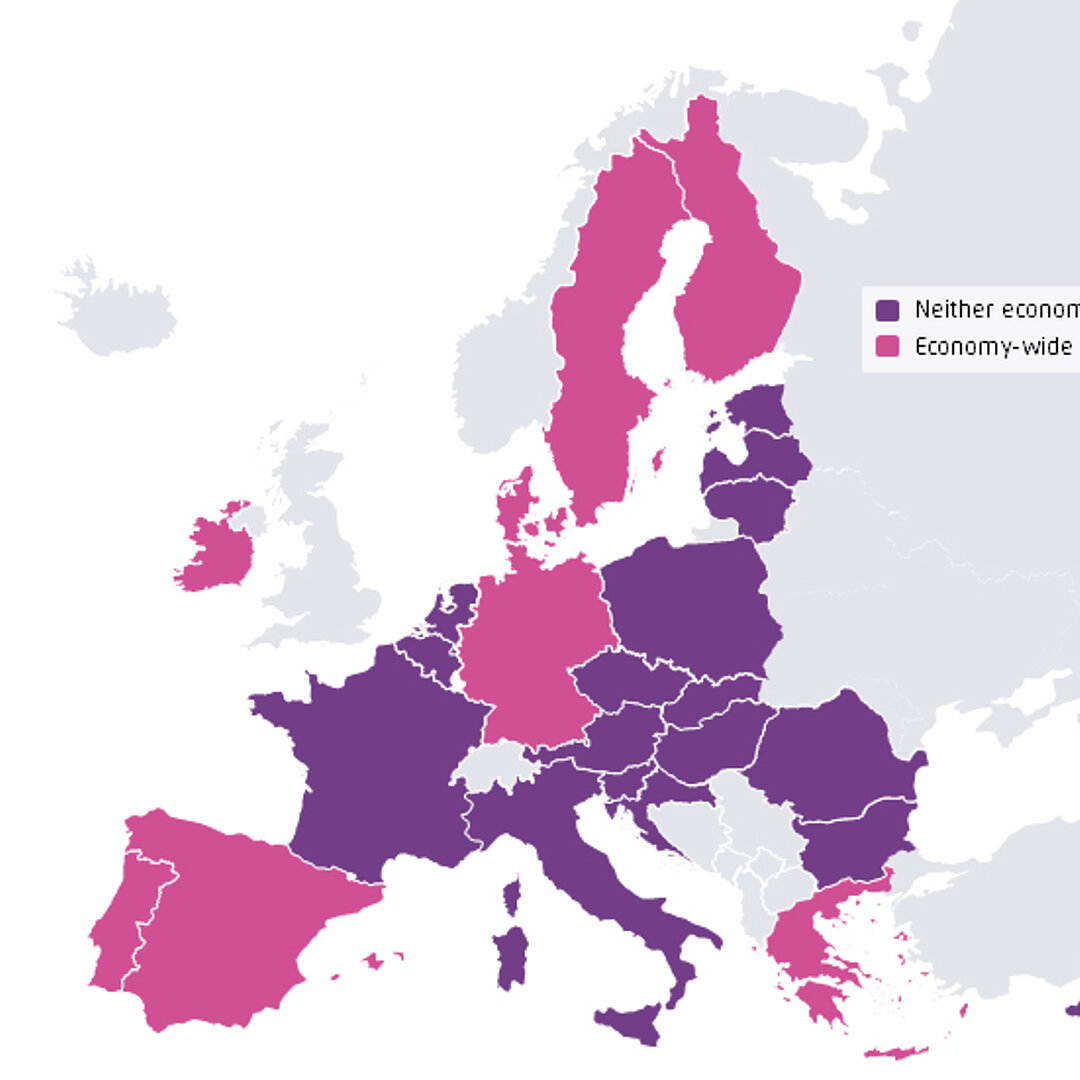-
The July "Fit for 55" package must be guided by three basic considerations: 1) the need for environmental integrity; 2) the need for social and distributional justice; and 3) the need for strong regulatory standards in support of expanded emission trading.
The EU’s new climate architecture must have ambitious national targets and strengthen the use of emissions trading. But it must also be accompanied by additional financial support and policy measures to address the distributional impact on lower-income Member States, poorer households and industry, and deliver strong regulatory policies in all sectors to keep carbon prices in check.
-
The July "Fit for 55" package must ensure enhanced carbon pricing with fairness and environmental integrity.
The EU should: (1) strengthen the ETS to accelerate the EU coal phase out and clean industry transformation; (2) tighten the Effort Sharing in the Climate Action Regulation and introduce a new separate ETS Directive for transport and buildings; (3) introduce an effective and cooperative approach to carbon leakage protection; and (4) strengthen rules for energy taxes.
-
The July "Fit for 55" package must include sectoral policies that deliver.
EU sectoral policies should: (5) drive the upscaling of renewable energy; (6) drive a just transition in buildings; (7) create an enabling framework for efficiency, electrification, renewables and hydrogen in industry; (8) prepare a phase-out of combustion engines before 2035; (9) roll out the necessary infrastructure for zero emission vehicles; and 10) establish ambitious goals for Agriculture, Forestry and Land-use.
-
Important elements are still missing in the second part of the "Fit for 55" package (Q4/2021).
Initiatives are planned on energy efficiency in buildings, on gas and on methane emissions. To be truly "Fit for 55", the package must also establish a robust framework enabling European industry to invest into climate neutral technologies (e.g., Carbon Contracts for Difference, create new markets for low-CO2 materials, circular economy targets, infrastructure planning). And the Energy Union Governance Regulation must be adjusted to reflect the higher 2030 targets, the new intermediate climate target for 2040, and ensure that the required updates of national energy and climate plans in 2023/2024 are fully consistent with the "Fit for 55" package.
10 benchmarks for a successful July "Fit for 55" package
Preface
In July 2021 the European Commission will adopt a first set of proposal to align EU climate and energy laws with the EU’s new net-55 percent climate target. A second set of proposals will follow in Q4 2021.
Given the complexity of the July part of the "Fit for 55" legislative package, everyone involved will be challenged to continue ‘seeing the forest for all the trees’.
To support a healthy public discourse on the pack-age, this report highlights for 10 priority areas the most important concrete measures that must be included in the package to be truly "Fit for 55"; the Agora benchmarks for success.






